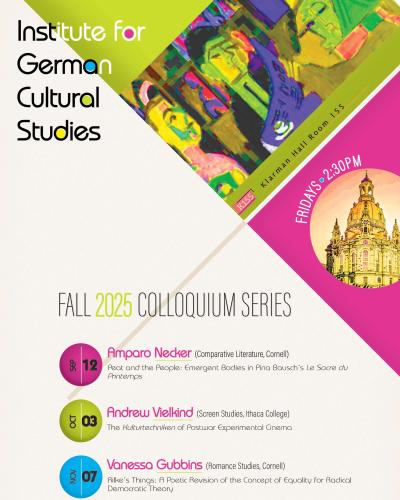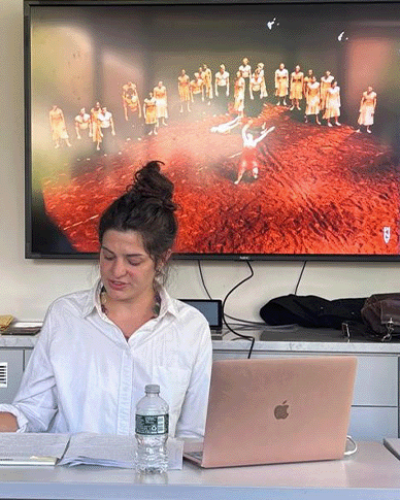PEAT AND THE PEOPLE: EMERGENT BODIES IN PINA BAUSCH’S LE SACRE DU PRINTEMPS
Pina Bausch’s adaptation of Igor Stravinsky’s score, Vaslav Nijinsky’s choreography, and Nicolas Roerich’s scenography of Le Sacre du Printemps shows a surprisingly underexplored intimacy with the aesthetic representations of a people. The stage consists of a simple square of peat; an unexpected ground for a dance stage because of its olfactory and sensory qualities, that is nevertheless consistent with Bausch’s use of organic materials that often stage a confrontation between dancers and nature (Cody, 1998). I highlight the use of peat in Bausch’s Sacre as a deliberate staging decision that evokes the cultural history of peat as a representational mediator of emergent peoplehood both in the Soviet Union and in 1970s West Germany. I show that Bausch’s choreography mobilizes the devices of theatrical representation to (en)counter the mythic source material of sacrificial violence and to sever its symbolic resolution. The repulsive qualities of peat unsettle the legibility of bodily forms and evoke instead an abject potential of what Georges Bataille calls formlessness. In this way, I read Bausch’s Sacre as an aesthetic intervention of the representational seizure of bodies on stage and in socio-political depictions of community. I suggest that the choreography undermines the score, the organic material on stage as well as the bodies in performance and in the auditorium with a logic of extraction that challenges their formal structure and physical coherence. The staging therefore complicates the representation of social infrastructures, contrasting, for example, Beuys’ project of the social sculpture, and evokes instead strain and disgust at the peat. By activating the potential of spectatorship, Bausch’s Sacre stages the dissolution of bodily edges and produces a scene of communal transgression. The crisis of corporeal unity in Sacre facilitates, in turn, a re-staging of the aesthetic potential to think about the physical body’s significance for representations of sovereignty.





